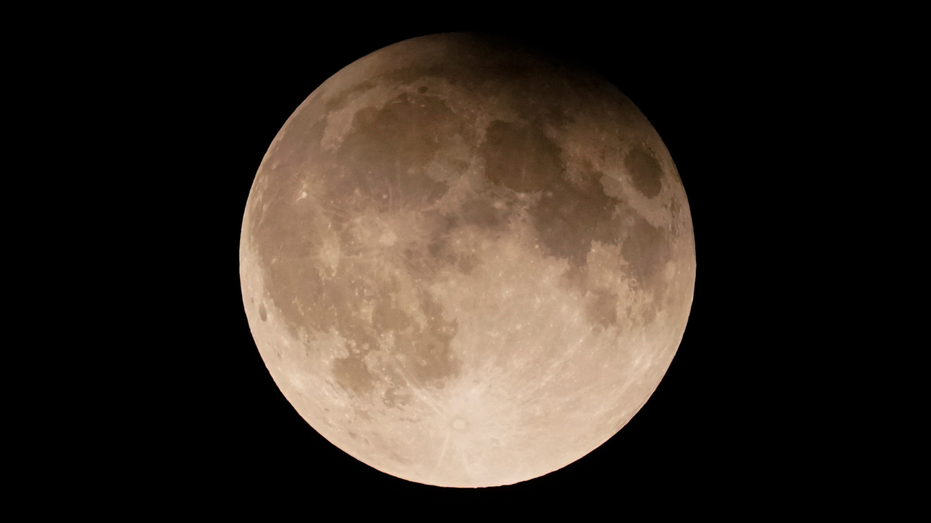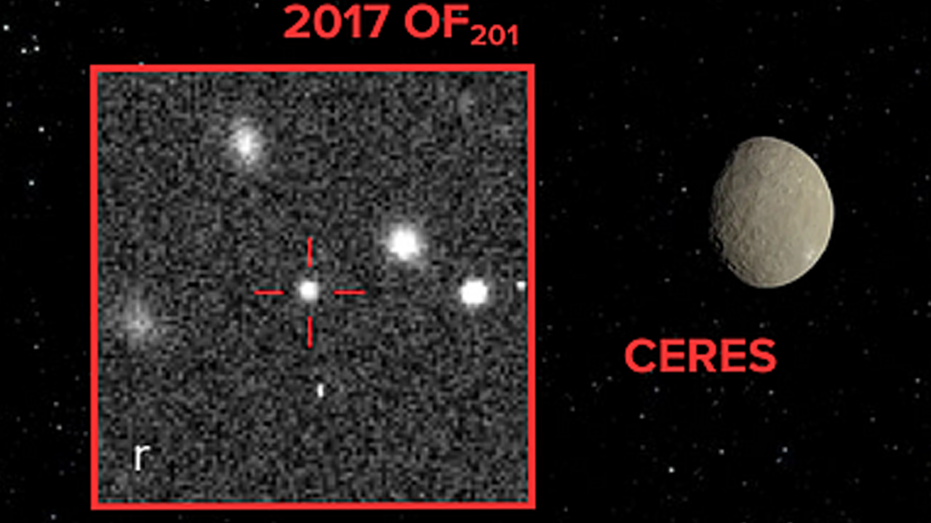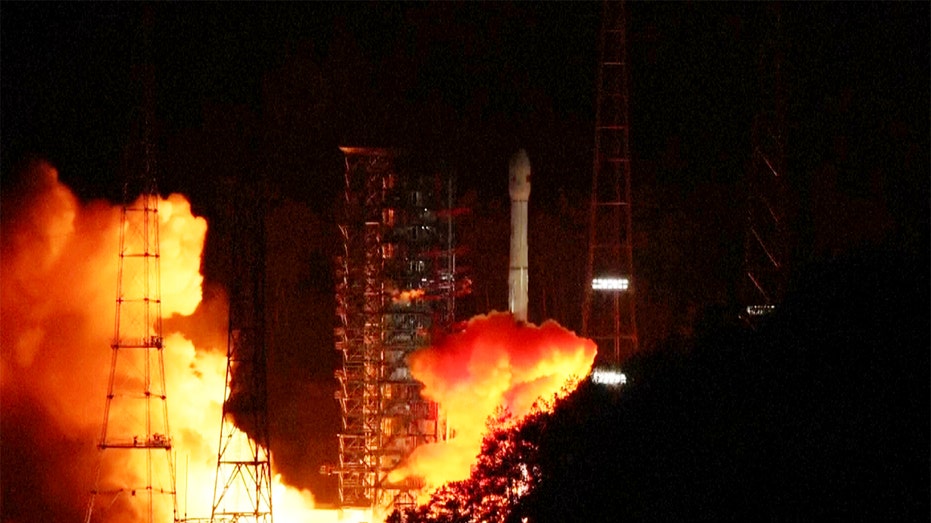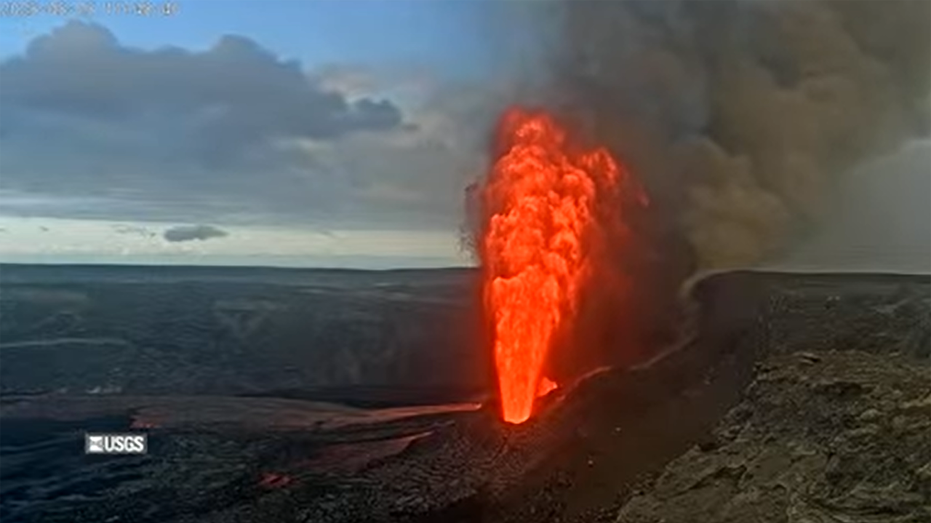Earth Says Bye to Its 'Mini Moon' Asteroid, See You in 2055!

Sarah Johnson
March 1, 2025
Brief
A small asteroid, dubbed a 'mini moon,' is leaving Earth's vicinity but will return in January. NASA plans to study it, seeking insights into its origin and behavior.
Our planet is saying farewell to a little asteroid that’s been playing the role of a "mini moon" for the last couple of months. It’s like that houseguest who overstays their welcome, but in space!
This harmless space rock is set to drift away today, as the sun's gravitational pull becomes too strong for it to resist. But don't worry, it's planning a quick stop-by in January.
NASA is gearing up to observe this 33-foot asteroid using a radar antenna during its January visit. Scientists are hoping this will give them a better understanding of 2024 PT5, which they suspect might be a piece of the moon knocked off by another asteroid impact.
While it's not officially a moon – NASA is clear that it was never fully captured by Earth’s gravity – it's still considered "an interesting object" and worth studying.
The astrophysicist brothers, Raul and Carlos de la Fuente Marcos from Complutense University of Madrid, who first identified the asteroid’s "mini moon behavior," have been working with telescopes in the Canary Islands, racking up hundreds of observations.
Currently over 2 million miles away, it's too small and faint to see without a super powerful telescope. In January, it will swing by, getting as close as 1.1 million miles from Earth – a safe distance, thankfully – before heading deeper into the solar system to orbit the sun. It won't be back until 2055. That’s almost five times farther away than our actual moon!
First spotted in August, the asteroid started its little dance around Earth in late September, getting caught in Earth's gravity and following a horseshoe-shaped path.
When it returns next year, it will be moving way faster – more than twice its September speed – so it won’t be sticking around for long, according to Raul de la Fuente Marcos.
NASA plans to track the asteroid for over a week in January using the Goldstone solar system radar antenna in California’s Mojave Desert, which is part of the Deep Space Network.
Current data suggests that during its 2055 visit, this sun-orbiting asteroid might once again take a temporary spin around Earth. A cosmic encore, if you will.
Topics
Editor's Comments
It's pretty wild to think we had a temporary 'mini moon' just hanging out. Makes you wonder what other space rocks are just casually passing by!
Like this article? Share it with your friends!
If you find this article interesting, feel free to share it with your friends!
Thank you for your support! Sharing is the greatest encouragement for us.



